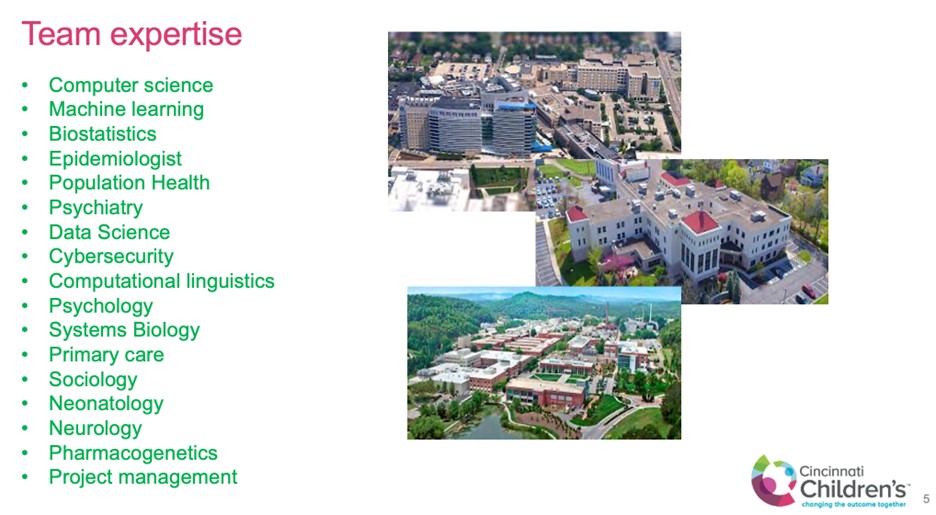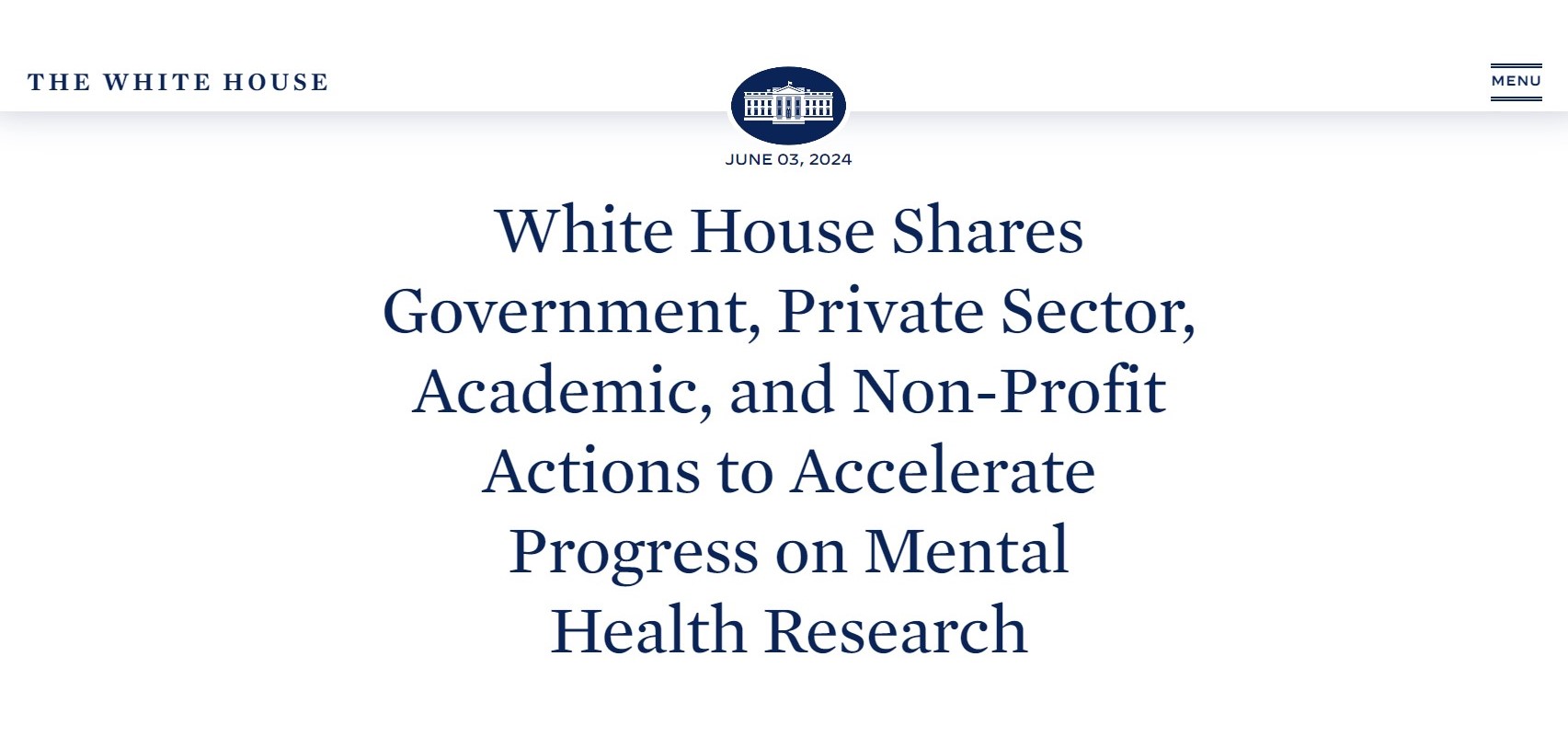‘Hackathon’ Focuses on Mental Health Trajectories Project
Post Date: October 5, 2022 | Publish Date:

Anticipating how a mental illness will impact a pediatric patient is part of the art of medicine. Training one of the world’s most powerful supercomputers to support the art of medicine is the art of AI. Neither are small tasks; both can have a profound impact on the long-term mental health of a pediatric patient.
The art of medicine requires intuition and a lot of experience. The art of AI takes assembling a mountain of data from a wide range of sources: written notations in patient records, medical test results, genetic and genomic data, brain scan imagery, geomapped economic and environmental data, video clips, audio recordings, and more. It also takes high-performance computing tools that can catalyze the next generation of innovation in medicine.
All of this is part of Cincinnati Children’s ambitious Mental Health Trajectories program underway at our Decoding Mental Health Center, led by John Pestian, PhD, MBA, and Tracy Glauser, MD. The center was launched in 2022 with $10 million in funding from Cincinnati Children’s to improve and accelerate mental health innovations for children by helping doctors, educators, and parents detect early signs of trouble, which can allow intervention before problems snowball.
Tackling a crisis
This is a big program to address a big issue. Mental health concerns have reached crisis levels in the United States.
Prior to COVID-19, Centers for Disease Control and Prevention (CDC) data found 1 in 5 children had a mental disorder, but only about 20% of those children received care from a mental health provider. Since the pandemic began, mental health crises have soared.
From March to October 2020, mental health-related emergency department visits increased 24% for children ages 5 to 11 and 31% for those ages 12 to 17 compared to 2019, according to a January 2022 report from the American Psychological Association.
Addressing unmet needs requires many technology innovations that serve innovations in care. New technology will be vital for providing care and capacity to help all children gain access to professional help.
The goal of the Mental Health Trajectories project is to create tools that provide early identification and real-time information to the clinician so they can suggest the optimal care. This approach factors in the complexity of mental illness: thought, biology, and environment. To compute this real-time information the world’s most powerful high-performance computers are needed: Summit and Frontier, located at the Oak Ridge National Laboratory in Tennessee.

Answering the call for a ‘codefest’
In September, the team took an important step forward in putting the supercomputer to work for early identification of pediatric anxiety. They organized a three-day “hackathon” that gathered more than a dozen of the world’s top experts in psychiatry, psychology and computational science to blast through a host of thorny computing challenges.
“This marathon effort focused on creating and improving key software to analyze both structured and unstructured data,” Pestian says. “The group focused on important yet complex issues like vectorization, feature selection, mapping, time binning, normalization, environmental prioritization, spatiotemporal harmonization, and high-resolution alternatives. All of these fundamental and basic steps are essential to creating real-time trajectories for anxiety, depression, suicide, and school violence that will provide clinical decision support.”





